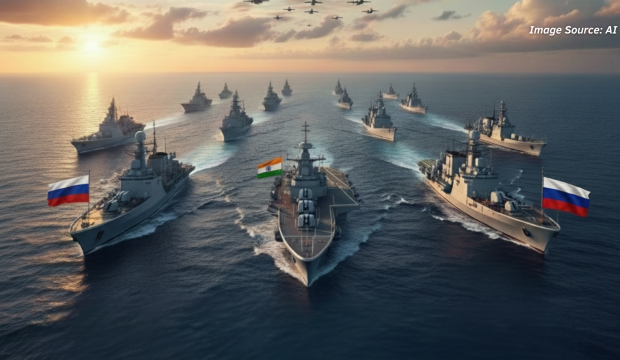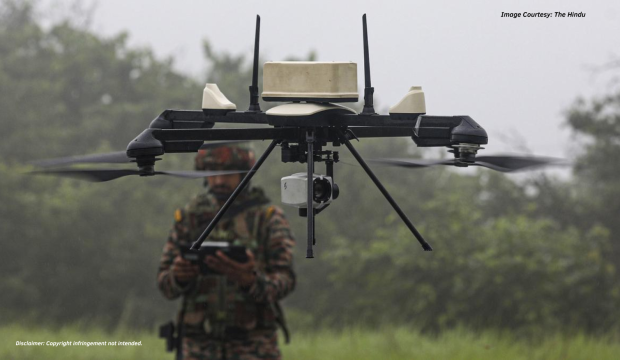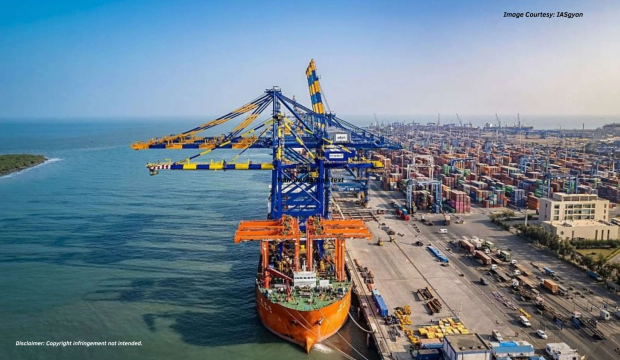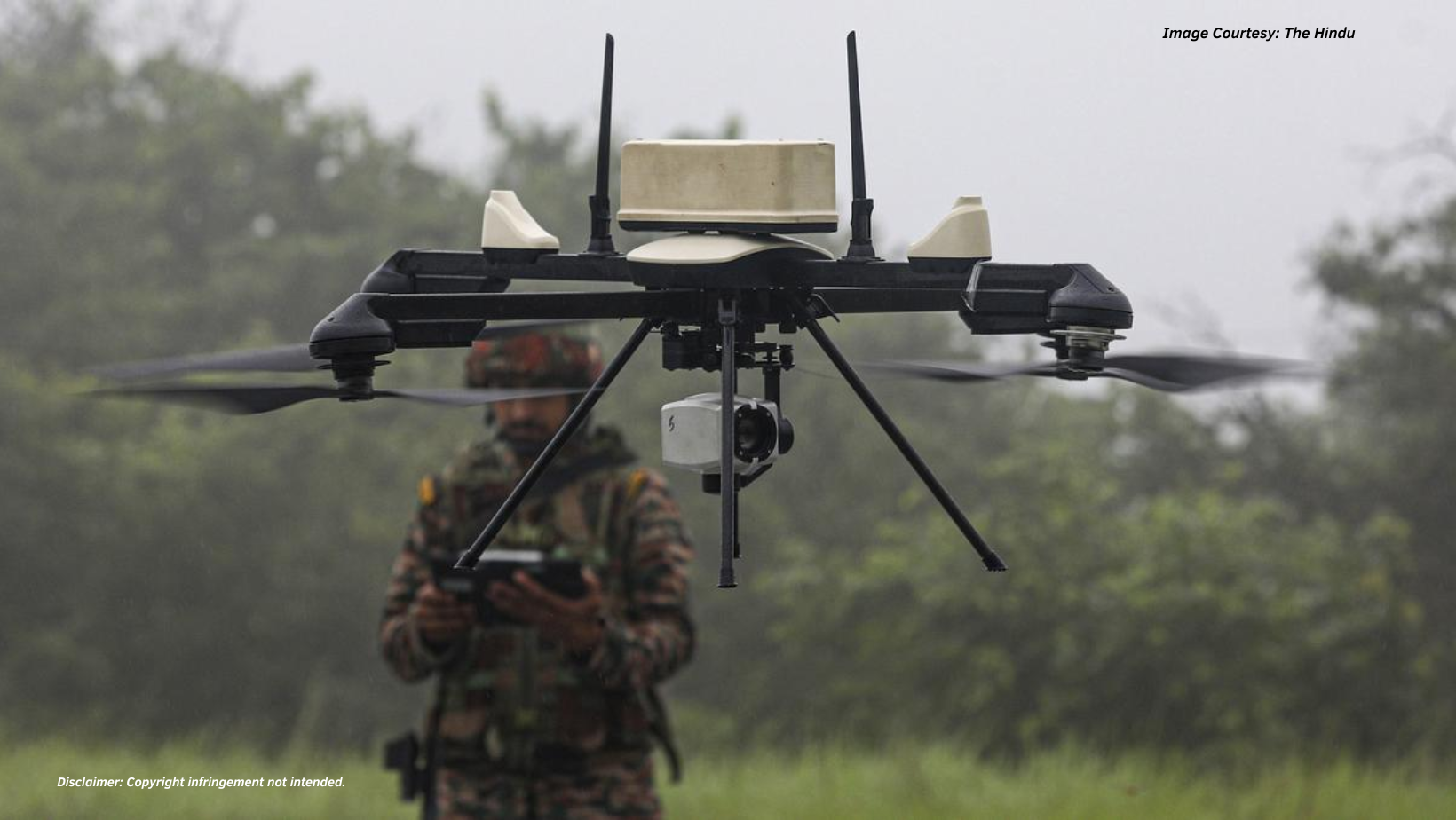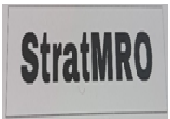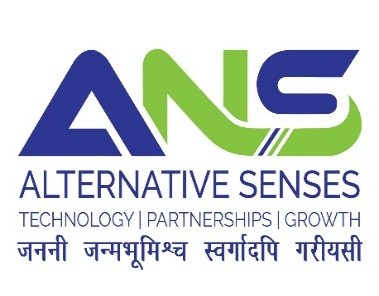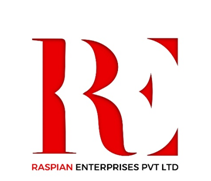Whatever Can Be Clearly Defined
Can Be Precisely Designed and Developed
Introduction
The long drawn Russian Ukraine War and the recent Israel Hamas Conflict are a stark reminder of the nebulous geopolitical and geostrategic realignments. After all it is a well known fact that ‘In International Relations, there are no permanent friends or enemies, there are only permanent interests’. The new world order both Nations and societies are driven by BANI. There is Brittleness driven by but an Illusion of Strength, Anxiousness obsessed by an Illusion of Control, Non Linearity motivated by an Illusion of Predictability but stark unpredictability and Incomprehension driven by Illusion of Knowledge, but hugely perception.
The Revolution in Military Affairs of 1990s so pronounced during the Gulf Wars, was driven by war scenes being witnessed in the living rooms relayed from the battlefield. This over the past three decades has paved the way for a visible Disruption in Military Affairs and both technology driving revolution and nature of warfare have undergone significant changes. Powered by digital transformation, the Unmanned Autonomous Systems based tech world order is defined by the robotic digital warrior, popularly known as robot humanoid, unmanned autonomous combat aerial systems, tethered drones as Quasi Satellites, and payloads defined by niche disruptive technologies which impact the entire bandwidth of military activities be it info gathering, intelligence, recce, surveillance, communication, weapons, defensive and offensive operations transcending space, time and endurance; logistics and supply chain, decision support, command and control systems. In an overall analysis, the disruptive technologies, with or without man in the loop, is about enhancing velocity of OODA loop, as the driver of decisive proactive actions while suffering minimal human casualties. This has ushered an era with the concept that “Victory is measured by Technology Footprint”, with digital transformation and unmanned autonomy as key drivers, for all those of us who would still like to believe that ‘Victory is measured by the Foot’.
Concept & Design of Tri Service Capability Development
Threat Scenario Building. Armed Forces have to operate, and therefore, be prepared for the complete continuum of conflict spectrum from sub conventional to conventional including CBRN, grey zone and hybrid warfare. These threat scenarios are further accentuated by cyber, electronics warfare, psychological (Informational / dis-informational) and unmanned autonomous system threats which have generated a technology and counter technology capability development race in the contact kinetic and non contact non kinetic domains. There is a dire need to be prepared for a multi domain, multi dimensional threat and create hardened structures for defensive deployments, warehouses and futuristic weapon platforms. Further, there is a need to prepare secure net centric digital military infrastructure comprising data centres, cloud, networking sensors, application software. Figure 1 below brings out the mission prognosis of threat assessment and pillars of capability development.
Technology Thresholds of PLA China. China is touted as the AI superpower, a net centric force with their own GNSS BeiDou the resilient position, navigation and timing platform and taken huge strides in emerging technologies with a manufacturing hub of unmanned autonomous systems – commercial drones, military drones and humanoids (Robotised humans). Largest supplier of commercial drones, China has embarked on military drones from micro to mega High Altitude Long Endurance (HALE), MALE drones powered by AI for autonomous operations carrying lethal payloads, surveillance payloads as Quasi Satellites and logistics supply chain. In a recent event organised by PLA major logistics supply chain operations to include intelligent logistics drone for casualty evacuation, carrying ammunition vehicles and demonstrated air taxis transporting major stores efficiently. China is also known to be developing robot humanoids for multiple employment and deployment scenarios. On a military- diplomatic front, the collusivity could guarantee the technical thresholds to Pakistan, as well.
Challenges for Indian Sub Continent. India faces a five front threat one each on the Northern Front (LAC), Western Front (LC-IB), Indian Ocean Region and coastal India, Cyber & Space and the challenges in Management of Internal Security. There is a need to define, design and develop a deep technology based Tri Service integration framework for operational and combat effectiveness through strategic , operational and tactical levels. Low hanging fruits manifest in the fields of Tri Service Life Cycle operational and maintenance management of drones, common aviation assets, air defence assets and logistics. The major challenges in future threat matrix envisaged are as given below:
- There is a dire need for real time situational awareness (RTSA), common operating posture (COP) in a Tri Service Integrated Operational Eco System.
- Survivability of combat elements in Cybertronics Threat
- Given the threat matrix, there is a need to maintain high mission readiness at all times in terms of operational logistics requisites, all warlike assets and surge needs. This also calls for a Tri Service Life Cycle Sustenance Support and condition based monitoring systems approach.
- Strategic Technology Management. Given the fast tech obsolescence cycles, there is a need for effective tech obsolescence management through technology infusion, upgrade and consistent innovation. This is a huge opportunity for defence industry, MSMEs and startups in innovating with sensors, IOT (semiconductor) and application software.
- The above said, the biggest challenge given the five front threat lies in articulation of four drivers – automation , autonomy, precision and positioning so important for Tri Service Integrated Battles with traceability (Actionable Int),battlefield transparency (BFT & RFT). This calls for a transformational approach to Tri Service integration stated in paras below.

Capability Development. With advancement in technology, warfare by other means, Hybrid Warfare, Invisible Warfare may manifest in the technological driven vector matrix with a paradigm shift in dominant and supportive vectors. Driven by disruptive technologies there is a likely switch in the dominance as a play between firepower, deployment of unmanned autonomous systems, information, cyber and space domains. That said, as an example, information and disinformation which today, is a supportive vector in warfare, will be a dominant vector by 2030 and will be the NEXT GEN AMMUNITION for the human mind driven by social media & human machine interface replacing high energy materials and be touted as lethal as firepower of TNT. This requires well thought through Command Control, Communication, Computers, Cybertronics, Cognition and Combat (C7), Information for Actionable Intelligence (I2) , Surveillance and Security (S2), Rece, Decision Support System (DSS) and agile matching operational logistics. The strategy for capability development for TRI SERVICE integrated operations can be best achieved through joint planning, forecasting, defining, designing and developing the contours of future equipment profile. The four macro pillars of capability development for Armed Forces are explained in the paras below (Figure 1 above refers).
Pillar 1 – Network & Connectivity. Total Quality Intelligence and Operational Management envisages true information is available at right place, at the right time at all levels of command from tactical, operational, strategic levels for a Tri Service Common Operating Picture and Real Time Situational Awareness. This requires identification of single source of truth for each data point and map it to a Tri Service data lake for planning for Deep Tech Stack ICT, Information and Communication technologies to include data cloud and servers for a central Data Lake; secure data management, network and connectivity; application software for big data analytics, blue and red force tracking, competitive business intelligence, augmented intelligence for better informed decision making and artificial intelligence for autonomous decision inputs. In effect every human asset, equipment asset and resources would be geospatially mapped to accomplish deep look, deep strike, Tri Service Integrated C7 (Command, Control, Communication, Computer, Cyber, Cognitive, Combat) I2 (Info and Intelligence) SR based secure real time Decision Support system. Information is the new weapon system which can actually create psychological dislocation without firing a shot and execute manoeuvre warfare. With the passage of time past 2030s or so, information will replace firepower and hence, information system management would gain huge combat significance in future warfare.
Pillar 2 – Lethality. Accuracy and precision in firepower, technology enabled long range vectors, directed energy weapons, creating informational superiority through digital infrastructures, clouds and platforms, mobility and protection define lethality. Quick mobilisation requires heavy lift aerial transportation capability, good road infrastructure including tunnels in mountains, oxygen farms in high altitude areas for quick acclimatization, manned unmanned technology systems embedded in armoured fighting vehicles, guns , ships and combat Tri Service weapon system platforms. Protection would need stealth technologies, adaptive camouflage, advance materials and active armour technology stack would be important to enhance technology based protection. Firepower requires long range vectors, guided missiles, loiter ammunition and long range rockets with terminal guidance for enhanced precision. The Russian Ukraine War has had nearly 50 % ammunition which were not on intended target and hence the huge waste of TNT and equally undesirable collateral damage – the intent is fire for effect. These protection and precision and positioning systems must be designed, developed and deployed.
Autonomy. With the emerging disruptive technologies to include, cloud computing, block chain, big data analytics, sensors and IoT, AI, AR, VR and 5G communication, there is a mass technology shift from automation to autonomy. This has been witnessed already in industry through industrial automation to industrial autonomy (IA2IA) and in the Armenia-Azerbaijan and Russo Ukraine Conflict. By 2040 the warfare shall graduate in domain to invisible warfare through combat offensive cyber, space based weapons and lethal autonomous weapon systems in all domains. As observed in the surgical strikes, the definition of act of war continues to undergo a technology driven shift, with the world embracing incident based thresholds at a sub conventional level, notwithstanding intent and commission of elements of visible and invisible forces. With combat system autonomy these thresholds will further diffuse and hence focus on development digital immune systems and autonomous weapon system platforms needs a formal program. This would form the new armoury for dissuasive and deterrence posturing. The future threat scenario envisages a Tri Service approach to Swarm of Unmanned Autonomous Systems (Land, Aerial, LEO, Ships, speedboats and under water) with a wide range of payloads for surveillance, electronics suppression and with weapon platform including kamikaze drones would help in manned unmanned autonomous combat.
Sustainability. The crux of National preparedness for war lies in strategic readiness of the Government Institutions, Industry and Armed Forces. The National Gati Shakti and Digital Public infrastructure must look at the continuum from the Industrial Corridors to the edge of tactical battle areas. This would comprise soldier readiness, information readiness, equipment readiness, operational logistics readiness and technological readiness. bullet proof clothing, extra cold clothing, robust bunkers and tunnelling infrastructure for warehousing critical logistics and NBC hardening.
- Industrial Readiness. War is a whole of nation approach to achieve strategic readiness. The industrial corridors with defence industrial base must with time develop self reliance and be prepared to cater for needs of the Armed Forces, specially the surge needs of war. This needs a deliberate strategic planning for National logistics eco system.
- Equipment Readiness. This requires Total Quality Equipment Management which defines that the right equipment is at the right place, at the right time and in the right condition. Further, sensor and IoT technology enabled equipment lends itself to BFT, better command and control, and better equipment condition visibility. This would entail that the legacy equipment be enabled with condition based monitoring and maintenance systems. The reliability, availability and dependability of combat platforms has long been maintained through over maintenance practices of periodic and preventive maintenance. Notwithstanding these best practices, there is a perennial doubt in the minds of battle groups which would need higher mission assurances. Mission readiness based on reliability assurance pre-combat and post contact needs to be catered for sustainable seam less operations. There is a need to configure networked combat systems for enhanced operational effectiveness. Combat vehicle to vehicle, combat vehicle to infrastructure (NIB or cloud) communication based on sensor and IoT and secure networks would ensure that the mission readiness parameters of combat assets are flagged in a predictive ad prescriptive format thereby ensuring maximum uptimes and minimum downtimes. This will aid the maintenance agencies in the tactical battle areas which may be lean and agile with just in time logistics support based on info based data analytics. Value added services through a network of mobile 3D printing grids and drone based operation logistics will redefine performance based effective and efficient logistics. The life cycle sustenance support needs a paradigm shift through technology intervention.
- Operational Logistics Readiness. Asset management must be technology enabled. Modularisation of equipment for better asset visibility, use of RFIDs for asset detection and tracking, supplies, FOL, ammunition management and use of drones and unmanned autonomous assets, drone based air ambulances can hugely enhance velocity of military operations through a hub and spoke enabled smart supply chain footprint based logistics.
Technology Readiness. The New Tech World Order is defined by Four Ds – data, digitization, digitalization and disruption. While these have fueled digital transformation globally giving rise to a large number of dual use technologies which are drivers of automation & autonomous applications, it is disruption which is not only transforming technologies at an unprecedented pace, but also transforming warfare concepts, designs, processes and practices. India has harnessed this digital transformation and created agility in Bharat – Gati Shakti multifaceted National Master Plan, roll out of 5G, eGovernance initiatives under Digital India, and digital public infrastructure from urban areas to the rural landscape at the edge, which has given a technological dominance globally and promoted quality of living in India. These local for global outreach programs and many more have created ripples globally. The digital landscape and disruptive technologies need to be developed in the Armed Forces. Smart additive manufacturing and reclamation in defence industrial bases will help in meeting better life cycle sustenance support. Innovating in the battle space is as much about tactics as it is about integrating the innovative technologies that will facilitate such tactics. There is dire need to understand the operational challenges and integrate software defined including Artificial Intelligence and digitally enabled innovative solutions into the battle space of tomorrow. Figure 2 below gives the technology landscape for autonomous operations.

- Information Readiness. Total quality information management for decision support manned or unmanned system requires that the right information is available at the right time, at the right place with the right commanders and in the right condition. This will need information management from cloud to the edge and vice versa based on single source of truth for warding off mis info and disinfo (fake info).
- Soldier Readiness. A well trained digital enabled soldier with ICT effective blue force tracking (BFT) for their combat effectiveness, adequate protection and personal weapon could be quantified as a key performance indicator of soldier readiness.
Conclusion
1A culture of technology based and digital (and quantum) tech stack driven Tri Service integration leading to interoperability in digital and disruptive technology landscape must become the raison d’etre of Tri Service combat operational jointness. With passage of time, the need is to optimise the ICT systems for greater reliability, improving data driven decision making, creation of Tri Service Cloud Platforms, Tri Service Multi-platform Multi-sensor Data-fusion and network engineering, value addition through software defined networks, networks in a box, manned-unmanned (MuM) technology systems, exploitation of 5G and 6 G and a robust digital cybertronics immune systems for the digital infrastructure. Let us Think and Act with Technology as a prime driver for meaningful Tri Service Integration.




